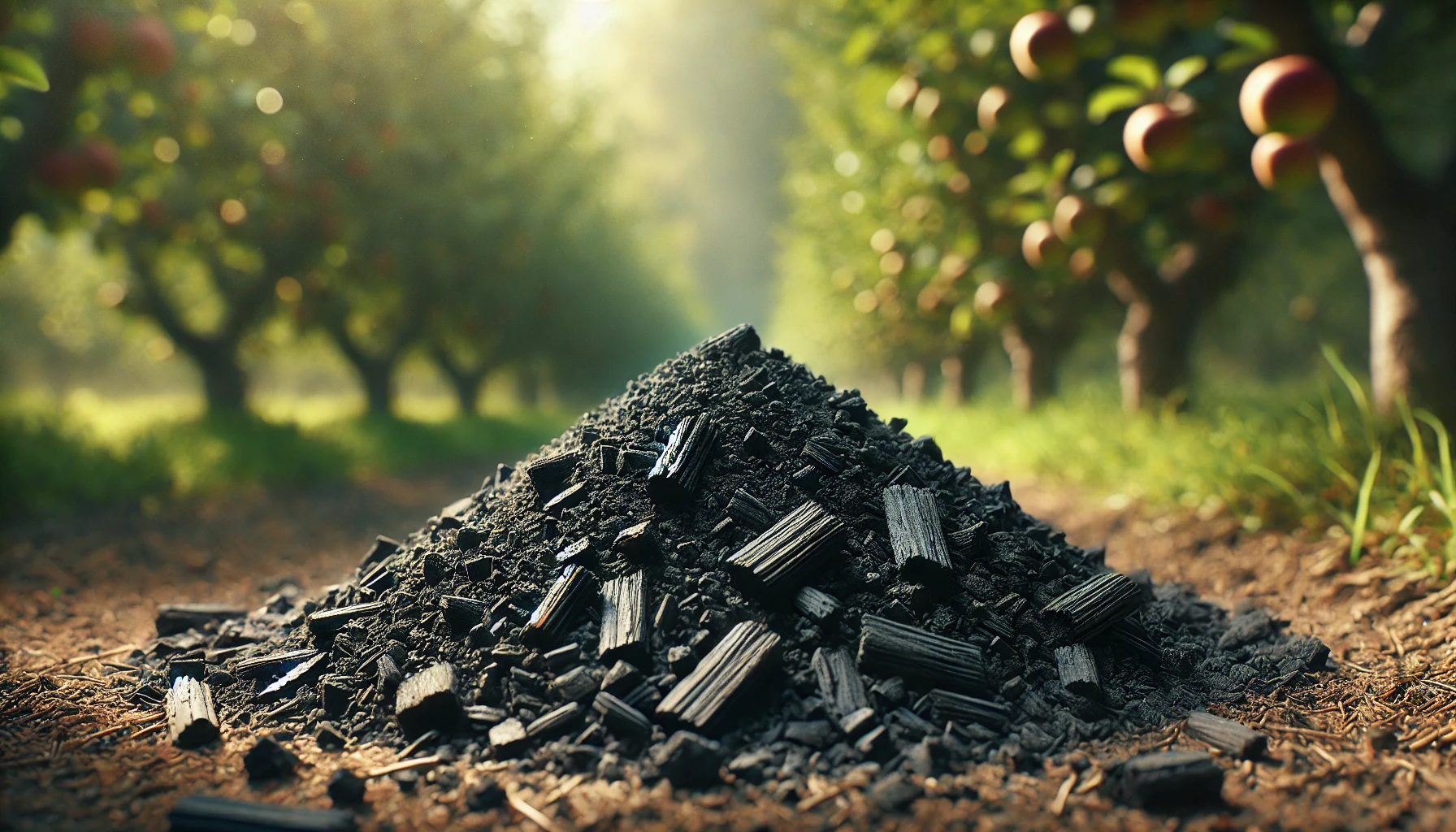Biochar Carbon Credits: How Farmers Can Turn Waste into Wealth

Quick insights
- Biochar carbon credit creation is a leading carbon dioxide removal (CDR) technology, delivering immediate, measurable results.
- It accounted for 91% of all CDR credits sold in Q2 2024, proving its effectiveness and scalability.
- Farmers can turn orchard and vineyard removals into revenue streams by converting waste wood into biochar.
- The West Coast faces rising biochar demand, with the industry needing to innovate to keep pace.
- Major companies like Microsoft are driving demand for biochar credits as part of their sustainability strategies.
- Partnering with BX helps farmers integrate biochar into their operations, providing both environmental and financial benefits.
Learn a bit more…
Biochar stands out as a top nature-based carbon dioxide removal (CDR) technology, delivering results while others are still on the drawing board. What makes biochar different? It’s the ability to provide immediate, measurable outcomes. Typically, when waste wood—like post-harvest orchard trees—is burned, nearly all the stored carbon is released back into the atmosphere as CO₂. But by converting this wood into biochar through pyrolysis, up to 50% of the carbon is locked away in a stable form. This process not only reduces greenhouse gas emissions but also offers a reliable method of carbon sequestration.
In Q2 2024, biochar accounted for a remarkable 91% of all CDR credits delivered (CDR.fyi), showing its effectiveness and scalability. As more industries seek actionable and reliable climate solutions, biochar’s proven track record makes it a leader in today’s CDR market.
Turning Orchard Removal into Opportunity: Biochar’s Role in Farming
For farmers, decisions to remove orchards or vineyards often come down to economics—managing oversupply or falling demand. Traditionally, this is seen as a cost-saving move, reducing the expense of maintaining unproductive trees. However, the wood from these removals is often treated as waste, losing its potential value through burning or decay.
Biochar presents a valuable alternative. By converting this waste wood into biochar, farmers can transform an often costly necessity into a significant revenue stream. Instead of simply disposing of the wood, they can participate in the biochar process, locking away carbon and earning carbon credits. These credits can then be sold, creating an additional income source.
This approach is especially beneficial for those planning to replant. By engaging in biochar production now, farmers not only contribute to climate action but also make the transition between crops financially rewarding.
Biochar Demand on the West Coast: Can the Industry Keep Up?
On the West Coast, particularly in states like California, Washington, and Oregon, more farmers are pulling out orchards and vineyards due to changing market dynamics. With this trend, a key question arises: Can the biochar industry meet the increasing demand?
The West Coast has always been a hub for agricultural innovation, and biochar is no exception. With biochar leading the carbon credit market, production demand is rising fast. However, this also means that existing facilities may face pressure as more farmers seek to convert their orchard waste into valuable carbon credits.
Producing biochar requires specialised equipment and expertise. As more farms remove trees at the same time, local production capacity could be stretched. For farmers, early engagement with biochar producers will be crucial. Understanding the capacity of local facilities and exploring partnerships for on-site or mobile biochar production could be key to avoiding delays and maximising carbon credit benefits.
To fully capitalise on biochar’s potential, the industry on the West Coast may need to innovate and expand. This could involve increasing production facilities, developing scalable units for on-farm use, or finding new ways to efficiently transport biomass to biochar plants. These steps will be essential to ensuring that the West Coast can maximise the benefits of biochar for both farmers and climate goals.
Who’s Buying Biochar Credits, and Why?
The demand for biochar credits is surging, led by major players like Microsoft. In Q2 2024, Microsoft purchased 60,000 tons of biochar carbon credits (CDR.fyi). This focus on biochar is part of their broader strategy to achieve carbon-negative goals by 2030. With biochar’s ability to sequester carbon for up to 1,000 years and its scalability, it’s an attractive option for companies aiming to offset emissions.
This growing demand highlights the need to scale biochar production to keep pace. As more companies seek effective carbon removal solutions, competition for these credits will likely increase, driving the market further.
Seizing the Biochar Opportunity with BX
Biochar has established itself as a leading solution in the carbon dioxide removal market, with demand rising, especially among corporate giants like Microsoft. For West Coast farmers considering orchard or vineyard removal, this is an exciting opportunity. By partnering with BX, farmers can turn post-harvest wood into a revenue stream through our biochar projects. Instead of letting this wood go to waste, BX helps convert it into biochar, sequestering carbon and generating valuable carbon credits.
BX is committed to helping farmers turn their carbon assets into revenue steams. By supplying wood to our biochar projects, farmers not only contribute to a sustainable future but also benefit financially from the carbon credits generated. As demand for biochar credits continues to grow, collaborating with BX will enable farmers to capitalise on this trend and secure a new, reliable income source.
By embracing biochar through BX, farmers make a responsible environmental choice while enhancing their financial stability in a world increasingly focused on sustainability. Get in touch with our team to learn more
In this article...

Matt Mugan
Enabling farmers to communicate, improve and monetise their environmental performance


